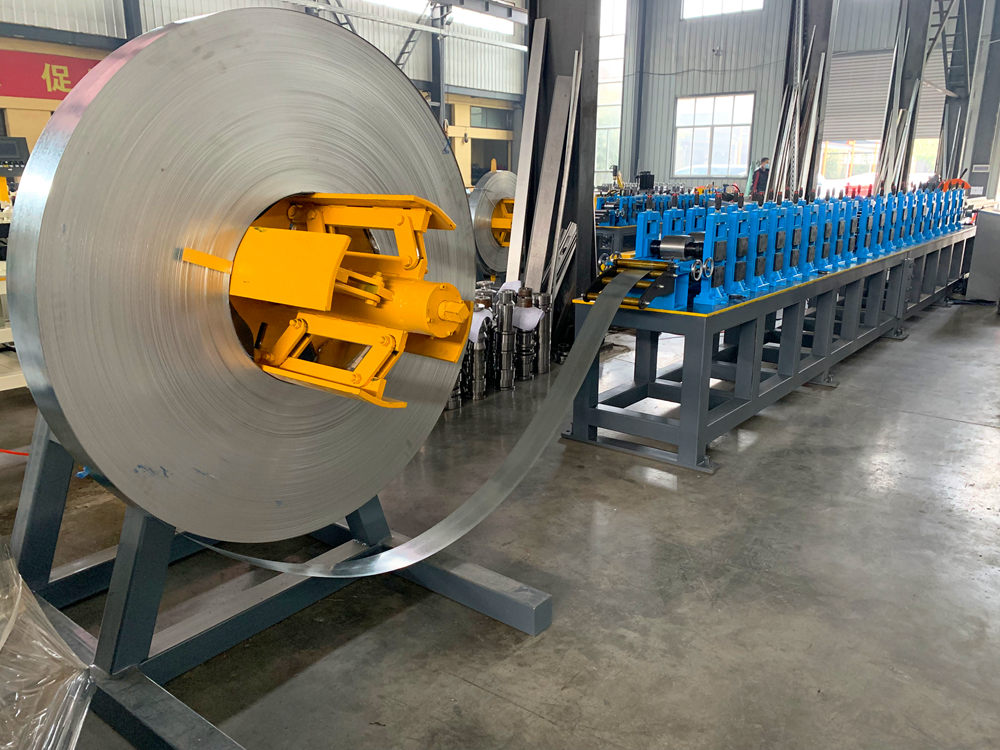
Understanding the Cut-to-Length Line Processes and Importance in Manufacturing
In the modern manufacturing landscape, efficiency and precision play pivotal roles in determining a company's success. One particular approach that has gained traction in industries such as steel, aluminum, and wood-based products is the cut-to-length line. This process focuses on delivering materials that meet specific length requirements directly from larger stock materials, reducing waste and boosting productivity. In this article, we will explore the intricacies, benefits, and applications of cut-to-length lines and why they are essential in today's manufacturing environment.
What is a Cut-to-Length Line?
A cut-to-length line is a specialized manufacturing setup designed to cut large rolls or sheets of material into predetermined lengths. This system typically includes several key components uncoilers, straighteners, shear or cutting mechanisms, and stackers. The materials processed can vary widely, from rolled steel and aluminum to laminated wood sheets.
The process begins with large rolls (or coils) of material being unwound on an uncoiler. The material is then straightened to ensure that any inherent curvature or deformation is corrected. After this, the material enters the cutting section, where advanced shear technology is used to slice it into specified lengths. Finally, the cut pieces are stacked for further processing or delivery.
Benefits of Cut-to-Length Lines
1. Reduced Waste One of the primary advantages of cut-to-length lines is the significant reduction of waste material. By cutting to exact specifications, manufacturers can minimize excess scrap and lower overall material costs.
2. Increased Efficiency Cut-to-length lines streamline the production process. Instead of handling and cutting material after receiving orders, manufacturers can produce standard sizes and respond more quickly to client needs, which enhances overall productivity.
3. Customization The flexibility of cut-to-length lines allows for customization based on client specifications. This capability is vital in sectors that require specific dimensions for projects, ensuring that the final product meets the precise needs of customers.

4. Reduced Lead Times By combining multiple steps into a single process, cut-to-length lines can significantly reduce lead times. This increases the responsiveness of manufacturers to market demands and allows for faster turnarounds on orders.
5. Improved Safety Modern cut-to-length lines are equipped with advanced safety features that protect workers from potential hazards associated with material handling. Automated systems reduce the need for manual handling, which contributes to a safer working environment.
Applications of Cut-to-Length Lines
Cut-to-length lines find applications across a variety of industries. In the metal industry, they are commonly used for processing rolled steel and aluminum, providing manufacturers with the exact lengths needed for further processing, such as fabrication or assembly.
In the wood industry, cut-to-length lines are utilized for producing boards and sheets that need to meet specific size requirements, facilitating the production of furniture, cabinets, and flooring products.
Additionally, the automotive and aerospace industries benefit from cut-to-length processes as they require precision-cut components that fit exact specifications for their assembly lines.
Conclusion
The cut-to-length line represents a critical advancement in manufacturing technology, providing numerous benefits that enhance efficiency, customization, and safety. By adopting this technology, manufacturers can respond more rapidly to customer demands while simultaneously reducing waste and costs. As industries continue to evolve, the cut-to-length line will likely remain at the forefront, driving innovation and productivity in various sectors. Investing in such advanced systems not only streamlines operations but also paves the way for sustainable practices in manufacturing, securing a competitive edge in an ever-demanding marketplace.